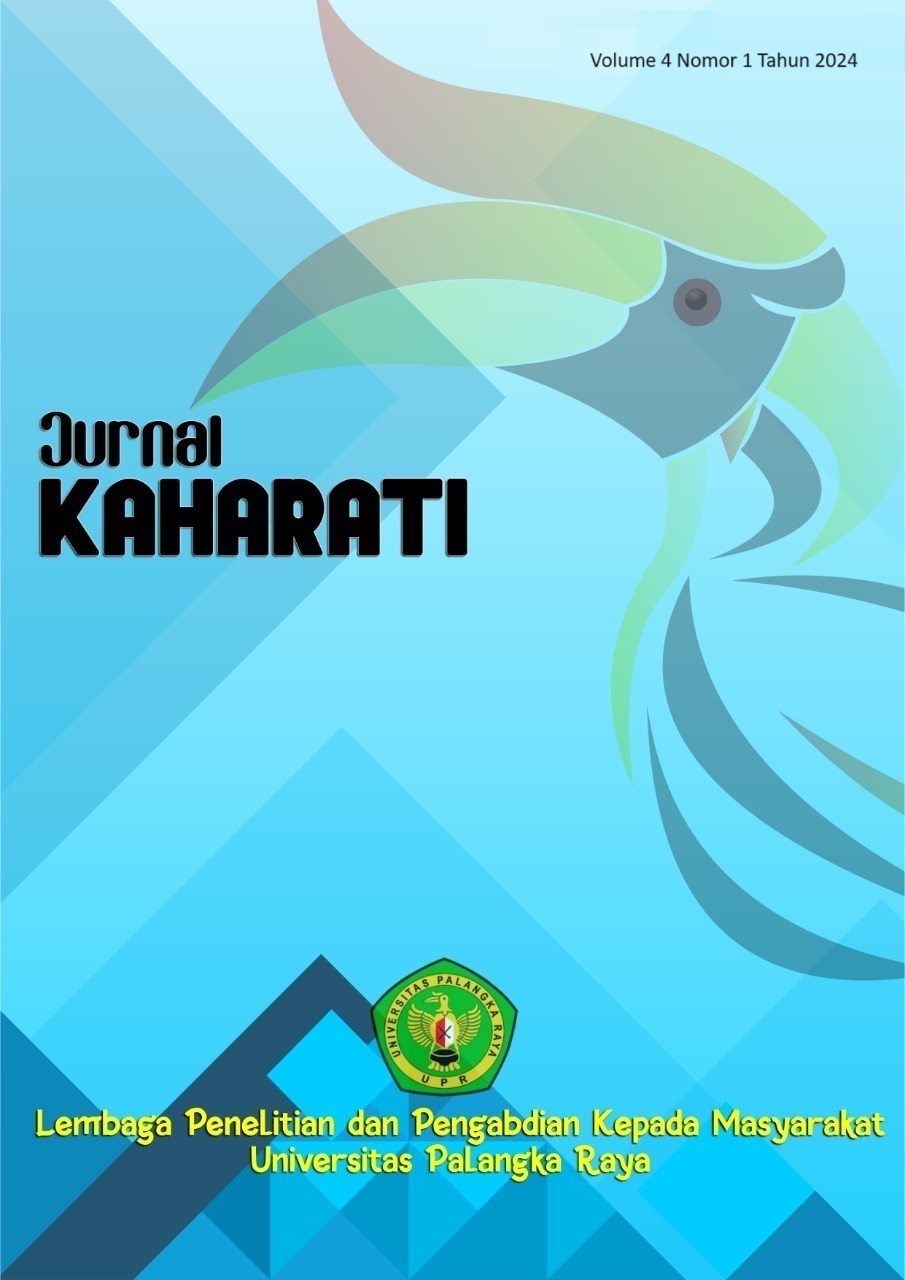Efektifitas Nematisida Fluopyram Terhadap Nematoda dan Pengaruh pada Kualitas Tanaman Hias Air Bucephalandra sp
DOI:
https://doi.org/10.52850/jptupr.v4i1.13686Keywords:
Bucephalandra sp., effectiveness, Floupyram, nematodes, toxicityAbstract
The research aims to determine the concentration and best time to use nematicides with the active ingredient Fluopyram which are effective in controlling nematodes on Bucephalandra sp plants and to determine the effect of nematicides on the quality of Bucephalandra sp plants. This was carried out from September to December 2023, at the Laboratory of the Animal, Fish and Plant Quarantine Center of Central Kalimantan. The research design used a Completely Randomized Design with the first factor being concentration (K1 = 1 mL/L, K2 = 2 mL/L, K3 = 3 mL/L, and K4 = 4 mL/L) and the second factor being immersion time (T1 = 10 minutes, T2 = 30 minutes, and T3 = 60 minutes), where each treatment used three repetitions. This research is the first discovery that the nematode Rhabditis sp was found on the aquatic ornamental plant Bucephalandra sp. Rhabditis sp is a non-parasitic nematode and lives as a decomposer in the soil, is very abundant in all types of soil and freshwater sediments and plays an important ecological role, especially as a primary consumer. Their free-living form shows saprophagous or bacteriophage feeding habits, but also as a parasite animals, especially entomopathogenic forms. The concentration of nematicide with the active ingredient Fluopyram which is effective in eradicating nematodes on Bucephalandra sp plants is 1 mL. The best time for soaking nematicide on plants to control nematodes on Bucephalandra sp plants is 10 minutes. Floupyram has no effect on the quality of Bucephalandra sp (roots, stems, leaves) at concentrations of 1 mL, 2 mL, 3 mL, 4 mL and submersion time up to 60 minutes.






